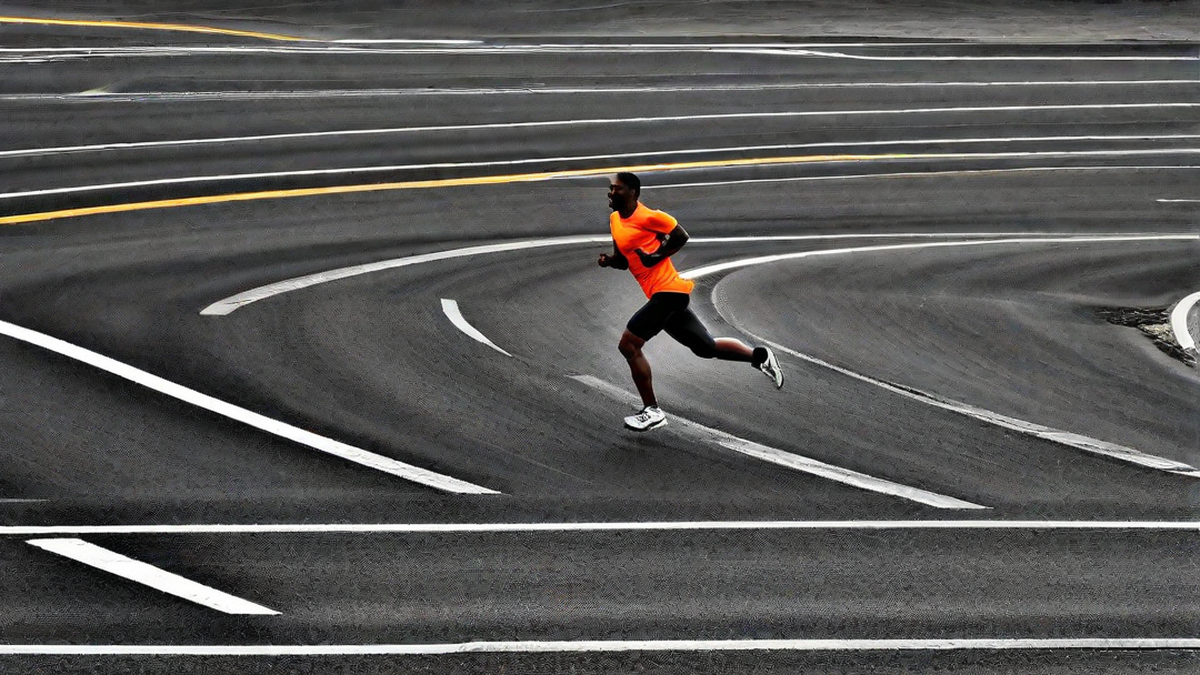Running in place can be a convenient and effective way to get a workout in, especially when the weather isn’t cooperating or when time is limited. As a passionate runner, I have often wondered how long it would take to run a mile by simply running in place. Let’s dive into this interesting topic and explore the details of running in place as a form of exercise.
Understanding the Concept
Running in place, also known as “jogging on the spot,” is a form of aerobic exercise that mimics the motion of running while staying in the same spot. It’s a popular choice for warm-ups, indoor workouts, and as a way to keep the heart rate up during interval training. But how does this translate to covering a distance like a mile?
Calculating the Distance
To understand the distance covered while running in place, it’s important to consider the stride length. On average, a person’s stride length while running is approximately 2.5 feet. With this in mind, it would take around 2,112 steps to cover a mile. This calculation is based on the assumption that the distance covered by each step while running in place is the same as when running forward, which may not be entirely accurate.
Time and Intensity
When running in place, the time it takes to cover a mile can vary based on the individual’s speed and intensity. For example, running at a faster pace with higher knees and more arm movement can increase the heart rate and mimic the effort of running outdoors. In contrast, a slower pace or less intense form may take longer to cover the same distance.
Additional Factors to Consider
It’s essential to note that running in place may not provide the same impact as running outdoors due to factors such as wind resistance, terrain changes, and the engagement of different muscles. Additionally, running at a consistent pace in place for an extended period can be more mentally challenging compared to the changing scenery experienced during outdoor runs.
Personal Experience
As an avid runner, I decided to test running in place to cover a mile. I set a moderate pace and focused on maintaining a steady rhythm. Surprisingly, I found that the experience felt different from my outdoor runs. The lack of forward momentum and the repetitive motion required extra mental focus to stay engaged.
After completing the mile, I realized that while running in place can be a good option when time or circumstances restrict outdoor running, it doesn’t fully replicate the experience of running outdoors. Nonetheless, it provided a solid cardio workout and served as a practical alternative.
Conclusion
In conclusion, running in place can serve as a substitute for outdoor running when necessary, and can be a valuable addition to a fitness routine. While it may not perfectly equate to covering a mile outdoors, it still offers an effective cardiovascular workout. So the next time you find yourself unable to go for an outdoor run, don’t hesitate to lace up your shoes and give running in place a try!

